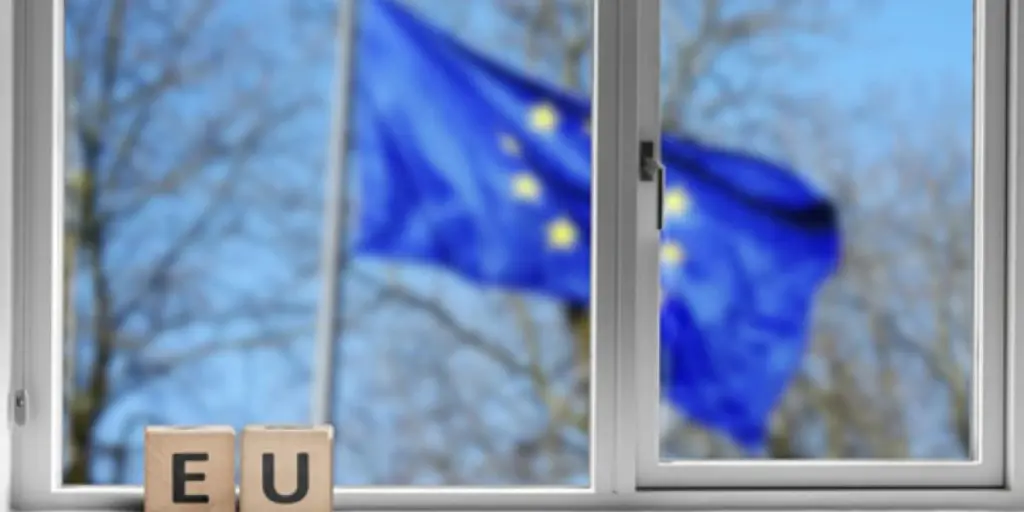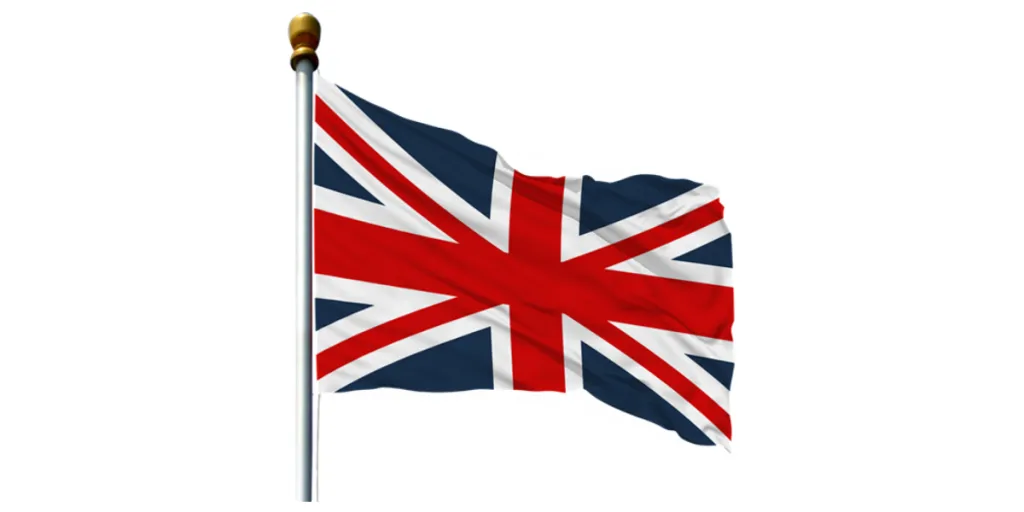On 18 January 2024, ECHA published a screening report to assess whether the use of these four benzotriazoles in articles, including UV-328, UV 327, UV-350, and UV-320, should be restricted in accordance with REACH Article 69(2).

These four benzotriazoles cover:
| Annex XIV entry | Substance Name | Abbreviation | EC | CAS NO. | Intrinsic property |
| 51 | 2-(2Hbenzotriazol-2-yl)- 4,6- ditertpentylphenol | UV-328 | 247-384-8 | 25973-55-1 | PBT vPvB |
| 52 | 2,4-di-tert-butyl6-(5-chlorobenzotriazol2-yl) phenol | UV-327 | 223-383-8 | 3864-99-1 | vPvB |
| 53 | 2-(2H-benzotriazol-2-yl)-4-(tert-butyl)-6-(sec-butyl) phenol | UV-350 | 253-037-1 | 36437-37-3 | vPvB |
| 54 | 2-benzotriazol-2- yl-4,6-di-tertbutylphenol | UV-320 | 223-346-6 | 3846-71-7 | PBT vPvB |
Based on the available evidence, ECHA is considering restricting or prohibiting the use (or presence) of three out of the four substances, including UV-320, UV-350, and UV-327 in articles and preparing an Annex XV dossier for restriction with the following reasons:
- UV-320, UV-327, and UV-350 are vPvB, or vPvB and PBT substances, and pose a risk to the environment that is not adequately controlled.
- The threshold below which exposure would be safe cannot be determined; and
- UV-327, UV-350, and UV-320 have not been proposed to be reviewed under the Stockholm Convention. Therefore, their risks will not be addressed by the EU POP regulation.
In terms of UV-328, ECHA is of the view that at present there is no need to prepare an Annex XV dossier for restriction as the substance is expected to be addressed by the EU POPs regulation.
It is worth mentioning that only UV-328 is registered under the EU REACH regulation with an annual confirmed import volume of approximately 1,000 tonnes. Japan also issued a draft restriction on UV-328 in December 2023 to safeguard public health.
Hazards
The four phenolic benzotriazoles are used as UV absorbers for a wide variety of plastics, rubber, resins, and other organic materials. These substances are not readily or inherently biodegradable and they are therefore considered persistent. They could remain in the environment for long periods and have a high potential to accumulate in biota. ECHA highlighted in its report that once these substances have entered the environment, exposure to them is very difficult to reverse, even if their releases/emissions are stopped.
REACH Authorization and Restriction
Under the EU REACH regulation, REACH authorization (under Annex XIV) and restriction (under Annex XVII) operate concurrently to establish a comprehensive safety protocol.
- Authorization will restrict the use of certain chemicals by setting temporary use periods. Once the temporary use period has expired, the corresponding substance is prohibited from being sold on the EU market.
- Restriction is to control the maximum permitted concentration of certain substances in products or to limit their use to certain specific applications.
Typically, restricted substances under Annex XVII will not be listed in the Authorisation List under Annex XIV simultaneously.
If you need any assistance or have any questions, please get in touch with us via service@cirs-group.com.
Source from CIRS
Disclaimer: The information set forth above is provided by cirs-group.com independently of Alibaba.com. Alibaba.com makes no representation and warranties as to the quality and reliability of the seller and products.




